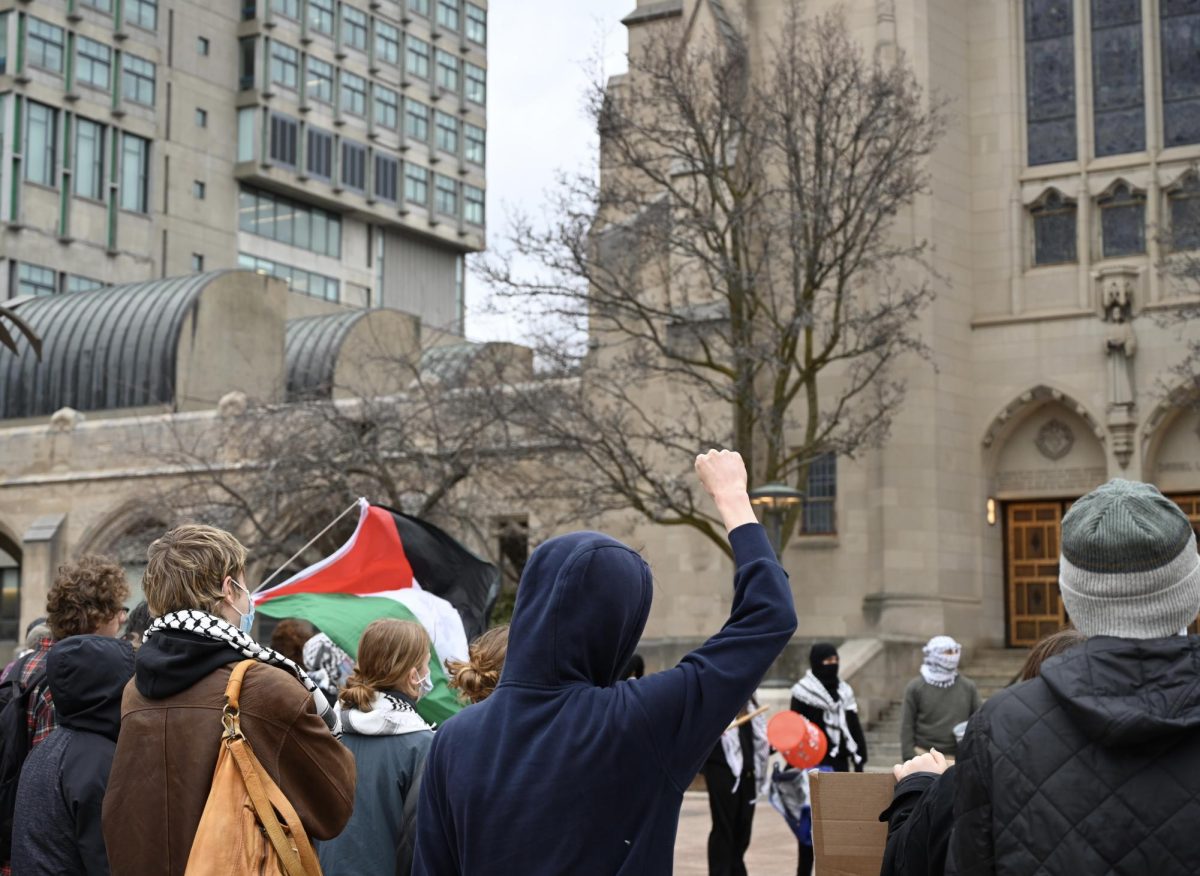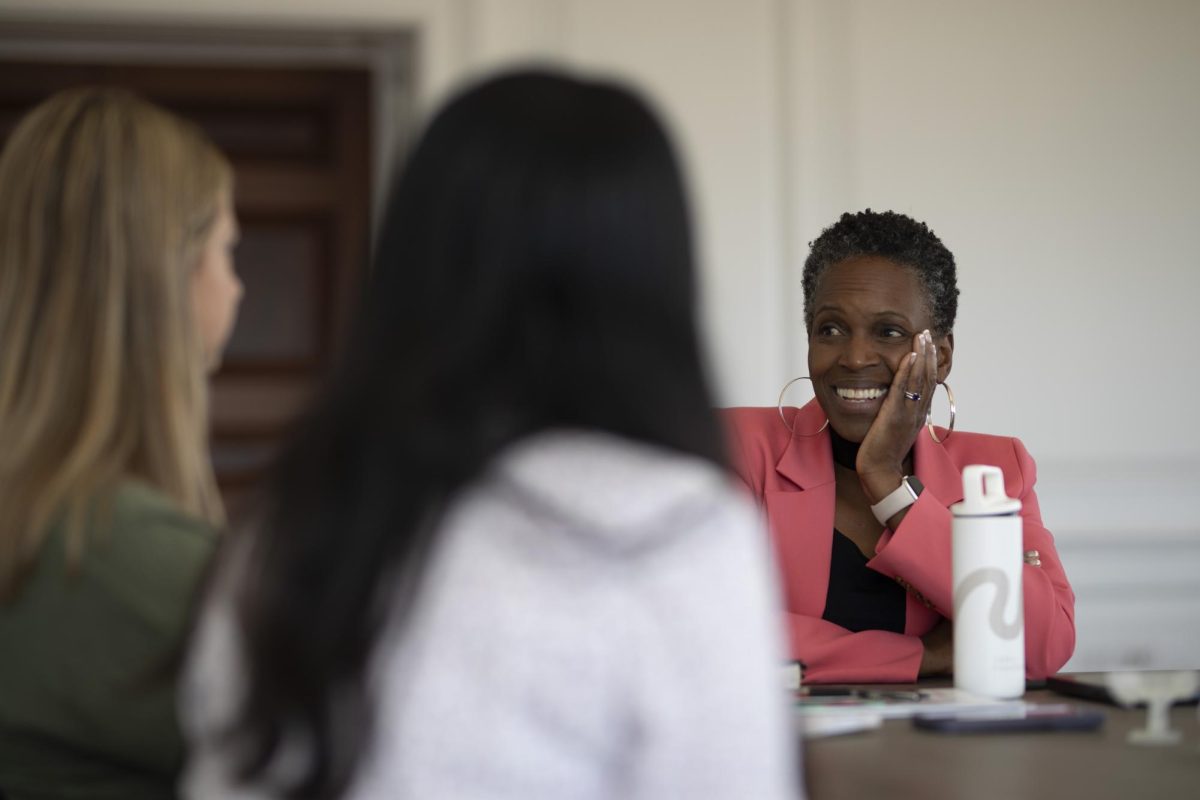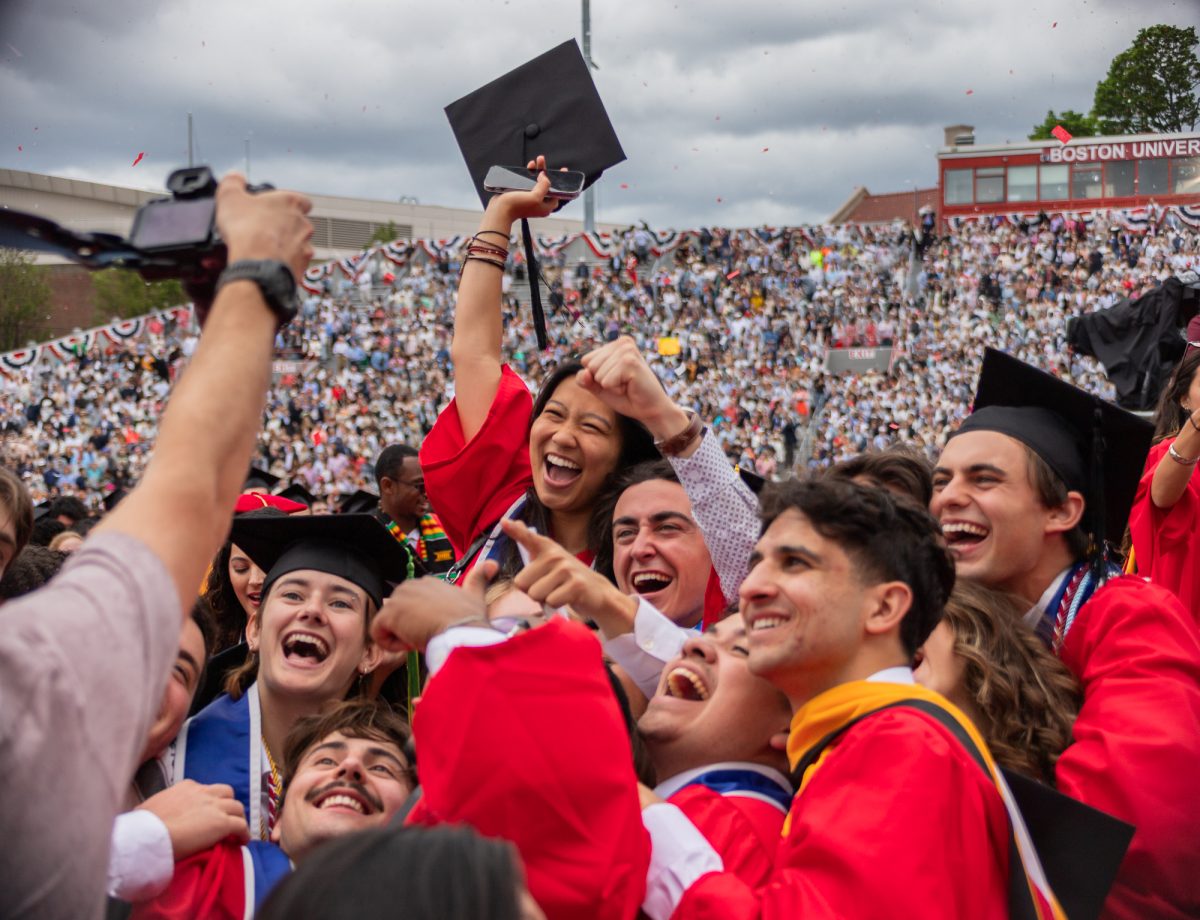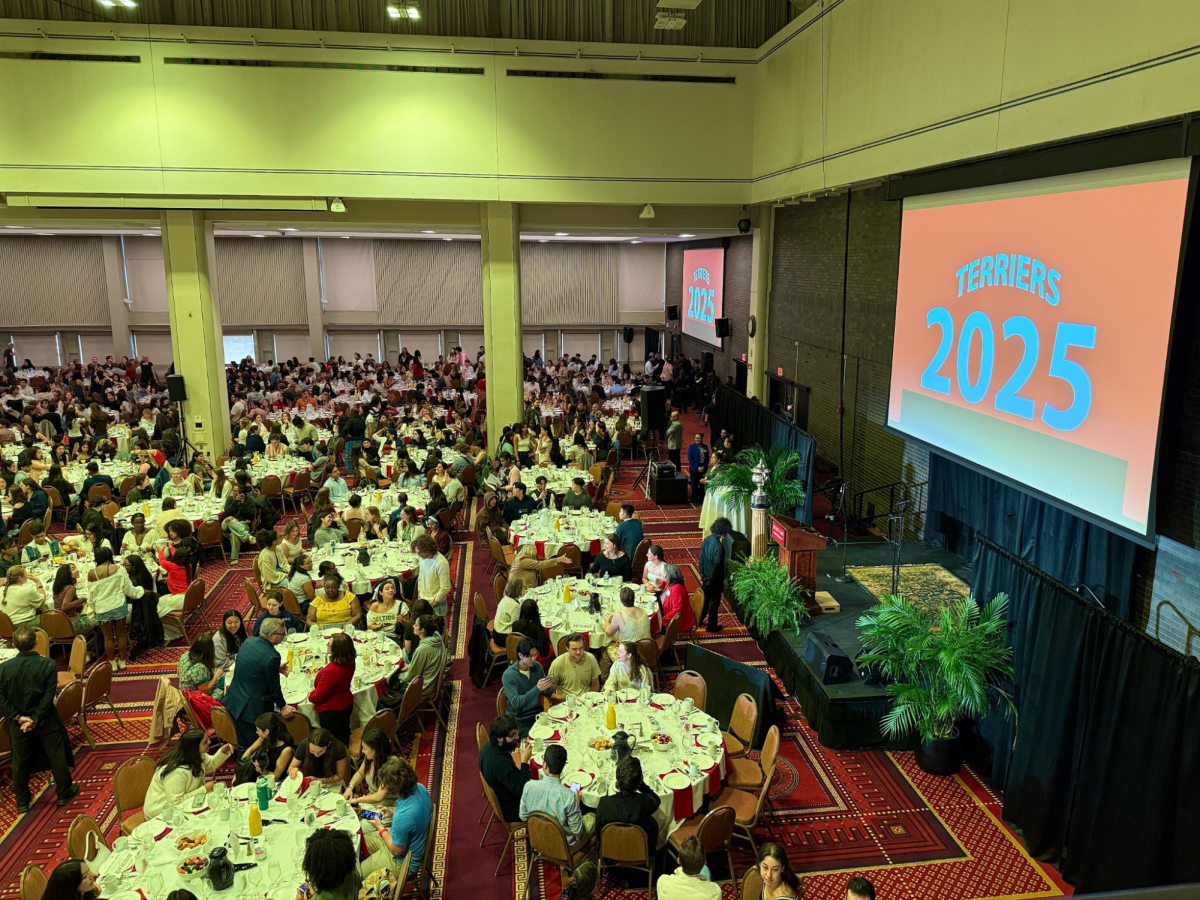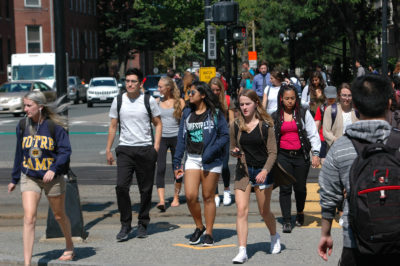
This year, Boston University welcomed its most ethnically diverse freshman class yet, according to BU spokesperson Colin Riley. This stems from a longstanding, university-wide effort to keep BU accessible to students of all backgrounds.
“Diversity is one of the university’s strategic priorities and its financial assistance initiatives,” Riley wrote in an email. “It shows that the outreach efforts by the admissions professionals are making a difference there.”
The newly-minted freshman class is made up of 17.9 percent Asian-American students, 11.9 percent Hispanic students and 6.9 percent African-American students, each statistic slightly higher than years past. It’s also composed of 36.5 percent white students and 22 percent international students.
Several BU students commended BU’s efforts to cultivate diversity on campus and expressed hope that they might see an even more pluralistic community on campus someday.
Some said that BU’s diversity is an attractive, compelling quality.
Gia Varlotto, a sophomore in the College of Arts and Sciences, said BU’s diversity statistics initially compelled her to attend the university.
“I wanted to make friends with people from diverse backgrounds,” said Varlotto, who grew up in the Boston suburbs. “I think continuing this trend and effort would only be to BU’s benefit.”
Freshman Nghi Pham, who went to an international high school in Vietnam, also said he looked for a school with diversity, specifically in terms of international students.
“I expected it to be easier to make friends with students who share the similar experience with me,” Pham said. “Even before I came here, we had this group chat on Facebook of 12 Vietnamese freshmen.”
Pham, a student in the Sargent College of Health and Rehabilitation Sciences, said he joined BU’s Vietnamese Student Association upon arriving on campus.
Daria Lugina, who was born in Russia and emigrated to the United States at age two, said diversity in the classroom can enhance students’ learning experience.
“It’s important for people around you to reflect what’s happening or what ideas exist in the rest of the world,” the College of Fine Arts junior said.
Socioeconomic status was also taken into account this year.
Lugina added that having students represent various socioeconomic backgrounds is crucial in a college environment.
“A certain subset of the population is usually more likely to end up in colleges, which distorts the college experience,” Lugian said, noting how lower-income students are typically underrepresented in higher education.
Christian Vanleer, a freshman in CAS, said that, as an African-American student, it is comforting to see students of various racial backgrounds on campus.
“When you are not actively looking out for it, it can be easy to forget that this is a diverse campus,” Vanleer said, “but I think BU has a good understanding of how to be a progressive school and treat everyone equally.”
Juanita Cediel, a junior in the Questrom School of Business, said even with this perceived progress, she thinks there is progress to be made.
“I am Hispanic, and sometimes people form assumptions about me based on my race,” Cediel said.
Still, Cediel thinks that “cultural diversity is a characteristic of Boston as a whole.”
Solange Hackshaw, a College of Communication freshman, said she identifies herself as multiracial with African, European and Caribbean roots. Having grown up in Trinidad and Tobago, she was surrounded by different languages and cultures and appreciates BU’s inclusivity efforts.
“It’s important for students to get a global view because that’s how you develop your opinions,” Hackshaw said. “It also helps rationalize what you learn in class.”
Hackshaw also noted the importance of diversity, especially in today’s political climate.
“When they read out the list of countries where all the freshmen came from [at orientation], BU made every culture more apparent and represented,” Hackshaw said. “Especially in this age full of radicalism and hate, by understanding someone’s culture, we realize we are not that different from each other after all.”






